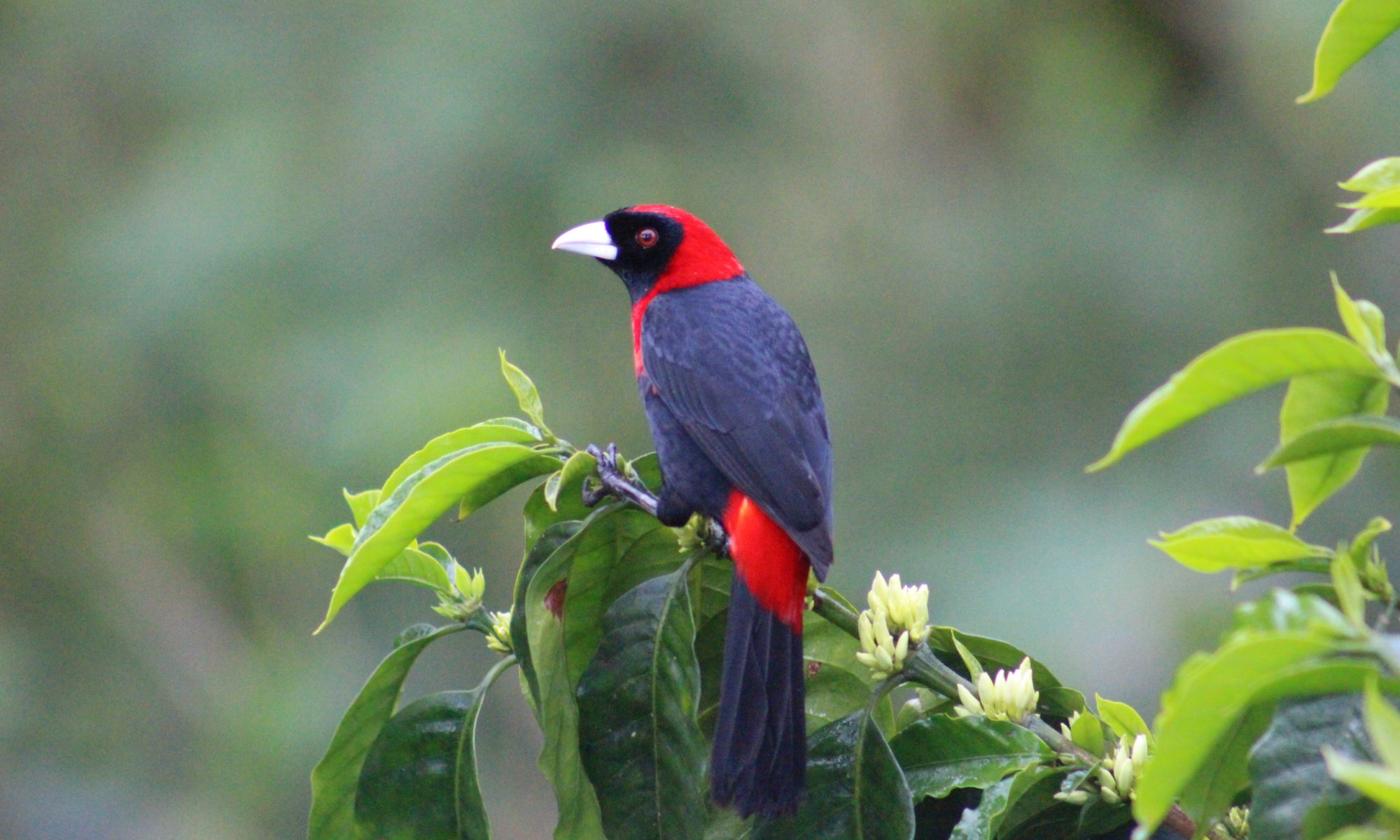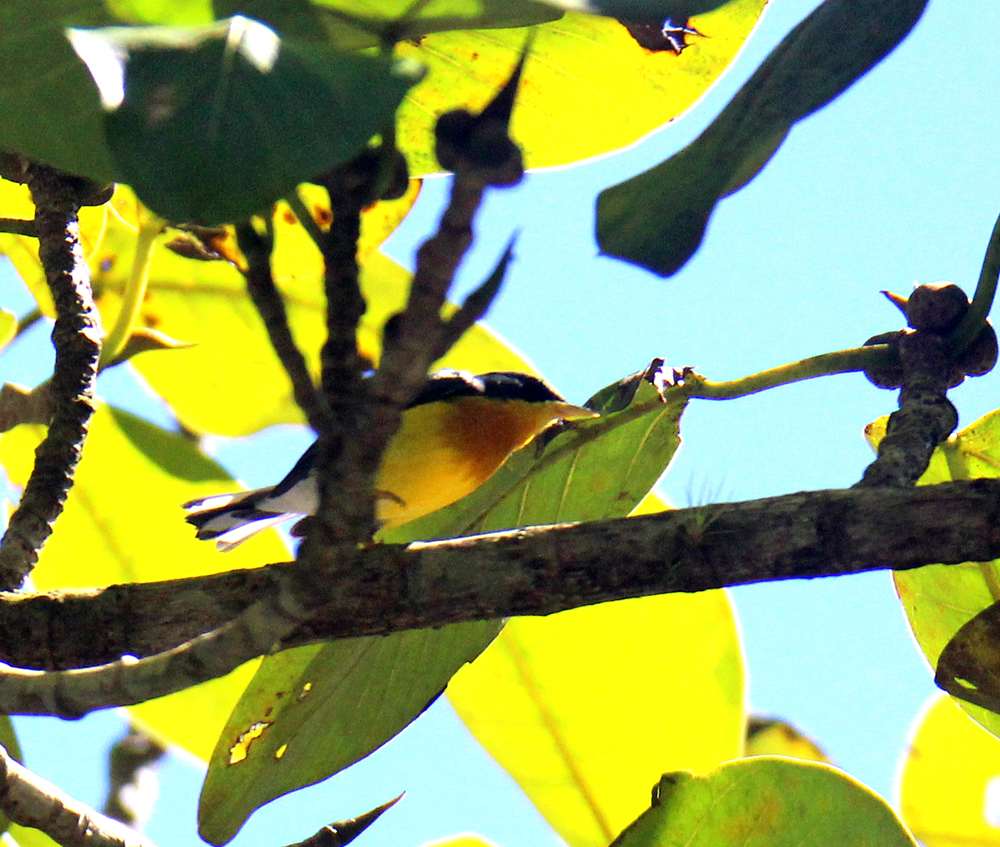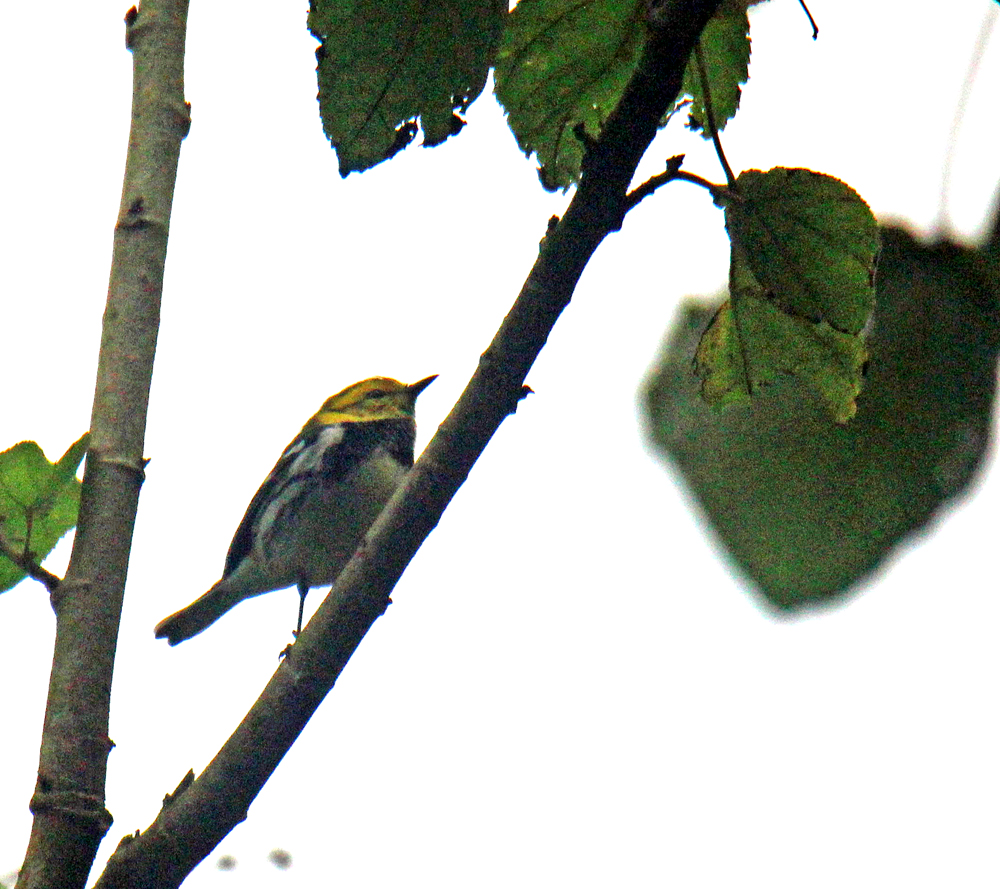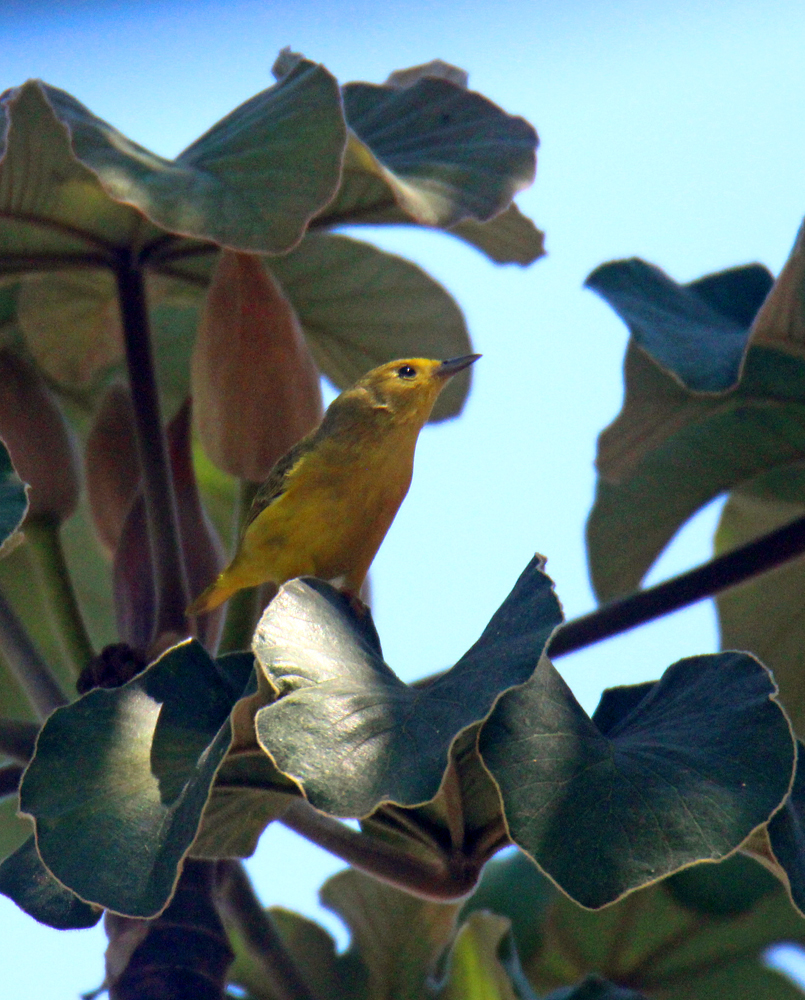Is it a freak “Dry Season” once-off rain or a very early starting of the “Rainy Season” this year? We will see! The Jigüirro or Clay-colored Thrush (CR National Bird) has been singing his heart out recently and indigenous tradition is that they are the ones who “sing in the rain!”
It is generally said for the Central Valley (where I live) that Rainy Season is May-November and Dry Season December-April. My first few years here we did not see our first rain until mid to late April and not a lot until May. Last year the first rain was March 24 and this year now March 22, so is it starting early? Almost certainly not daily afternoon showers now (usually by May) but at least I do not need to water the garden for a few more days! 🙂
Always Trying to Capture Rain in a Photo!
And never very good at it! 🙂 The featured photo at top shows the dark cloud this afternoon shower came from and some of us hope it will be regular now (though very early)!
I’ve always preferred the rainy season because it is greener with fresher air and the wind quits blowing! And most of the time we get rain only for an hour or two in the afternoon. Lowland rainforests along both coasts get more rain than we do here and it can be year-around, especially South Pacific and South Caribbean. For more weather information, check out your favorite weather channel or these websites:
- Costa Rica Rainy Season & Rainfall Map – on someone else’s travel blog/website
- A BETTER CHART & Same Map on the Go Visit Costa Rica website.
- And my favorite, Why Rainy Season is the Best Time to Visit Costa Rica, an article from Finca Rosa Blanca, Coffee Farm & Inn.
And to let you know that this first rain is a real rain, since it started I have loaded and processed the photos to web-size, prepared and written this blog post, all in an hour or a little more AND IT IS STILL RAINING – HARD! 🙂 Love it! The tropics! 🙂
¡Pura Vida!
The way I see it, if you want the rainbow, you gotta put up with the rain.
~Dolly Parton





















